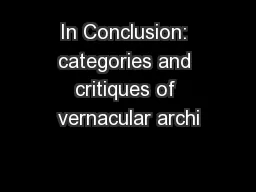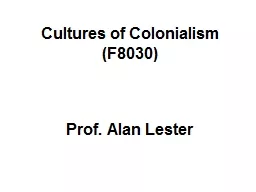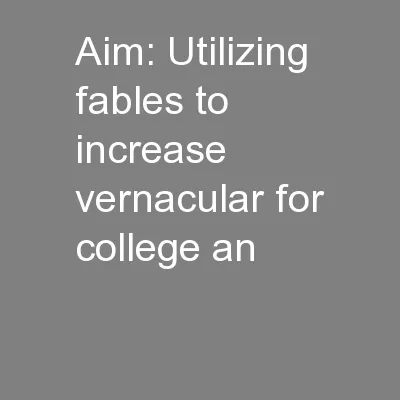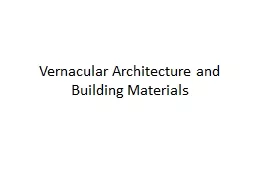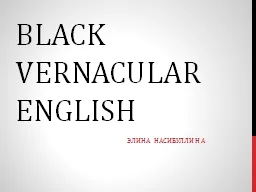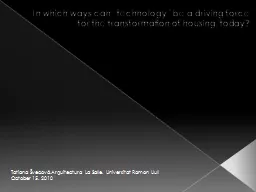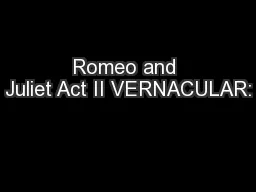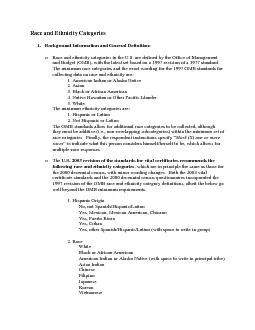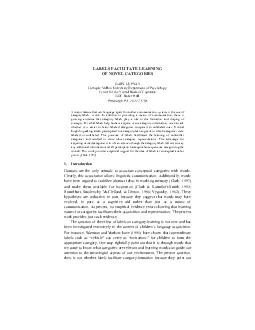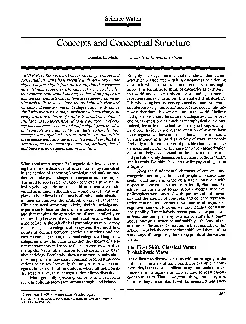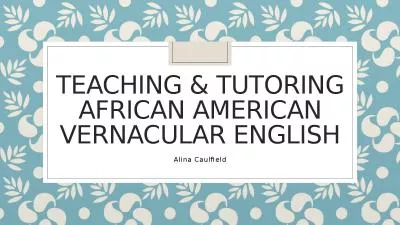PPT-In Conclusion: categories and critiques of vernacular archi
Author : yoshiko-marsland | Published Date : 2016-10-22
Read Critically Reading actively What to read for Context Text Substance Vernacular as a concept Asserts that the sources of construction details formal arrangements
Presentation Embed Code
Download Presentation
Download Presentation The PPT/PDF document "In Conclusion: categories and critiques ..." is the property of its rightful owner. Permission is granted to download and print the materials on this website for personal, non-commercial use only, and to display it on your personal computer provided you do not modify the materials and that you retain all copyright notices contained in the materials. By downloading content from our website, you accept the terms of this agreement.
In Conclusion: categories and critiques of vernacular archi: Transcript
Download Rules Of Document
"In Conclusion: categories and critiques of vernacular archi"The content belongs to its owner. You may download and print it for personal use, without modification, and keep all copyright notices. By downloading, you agree to these terms.
Related Documents

